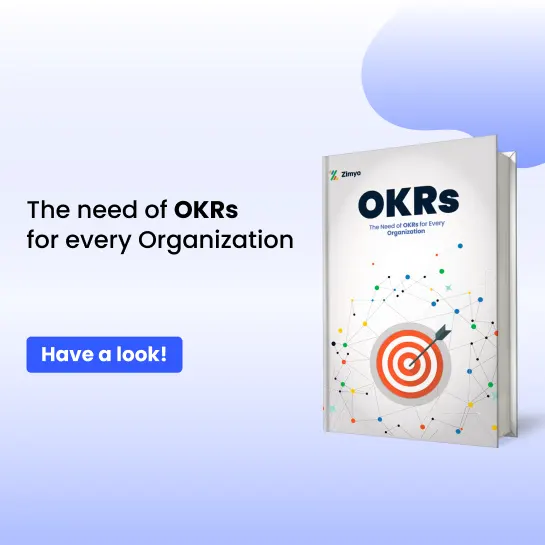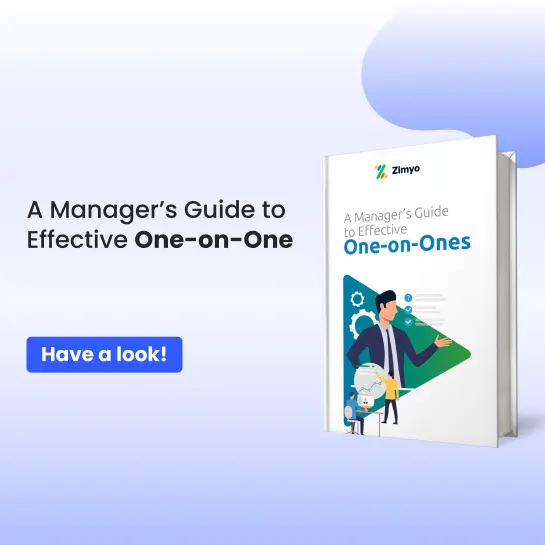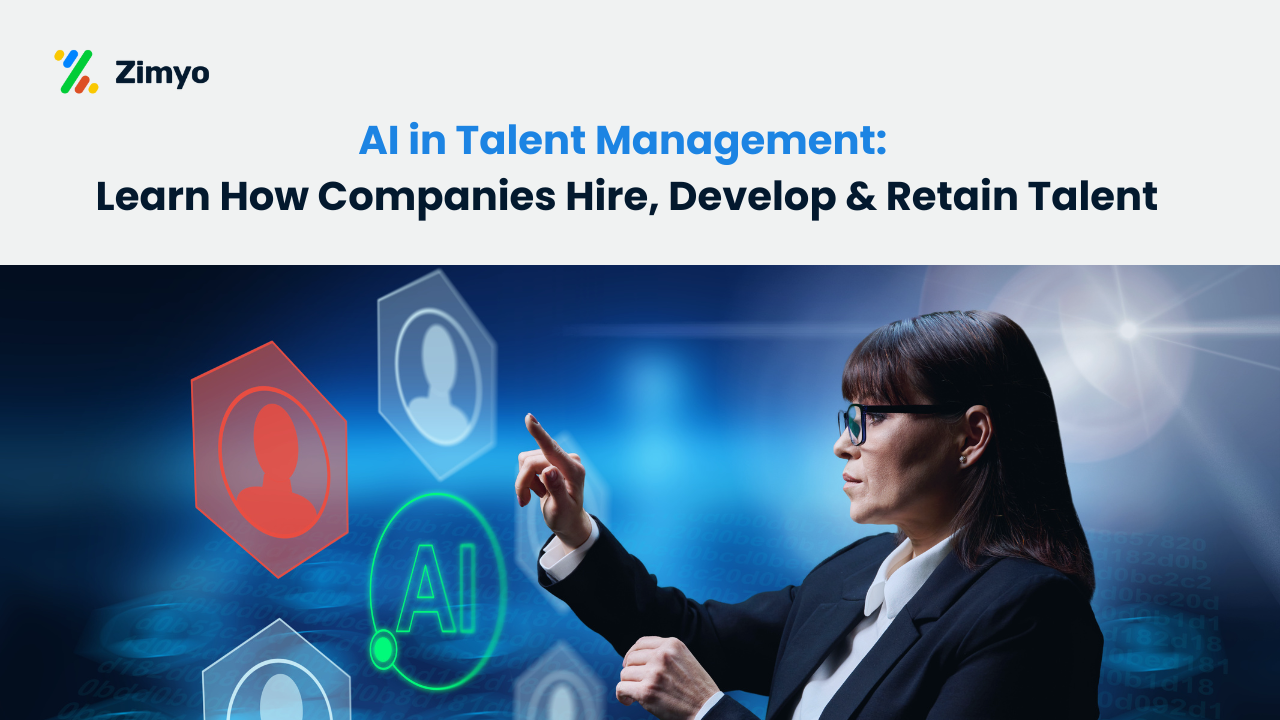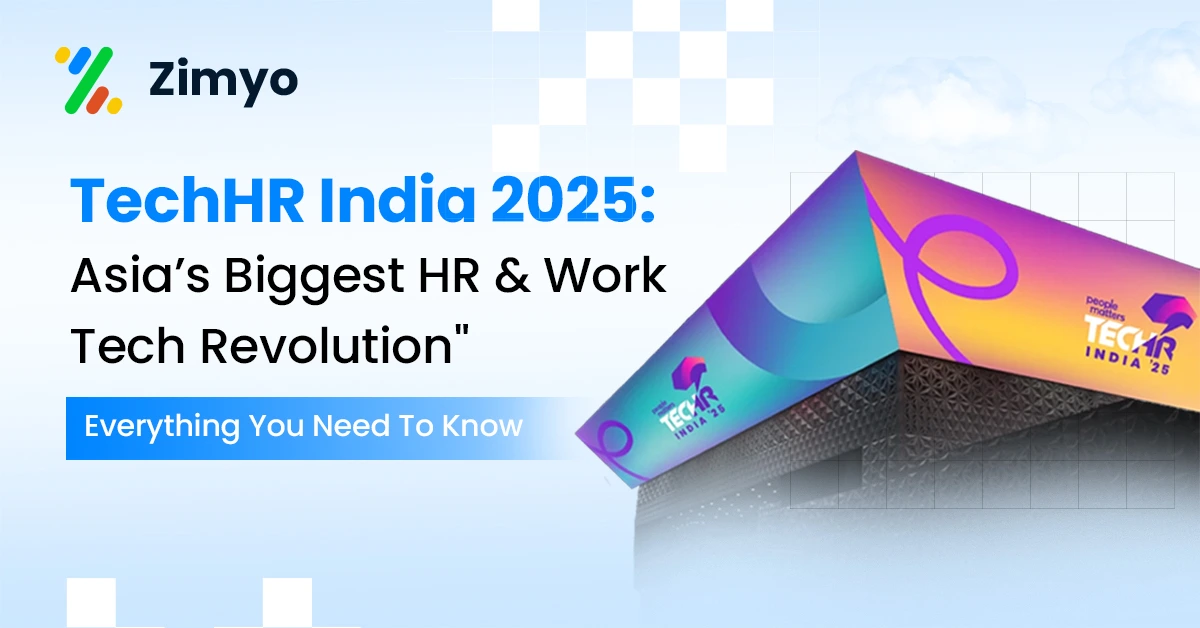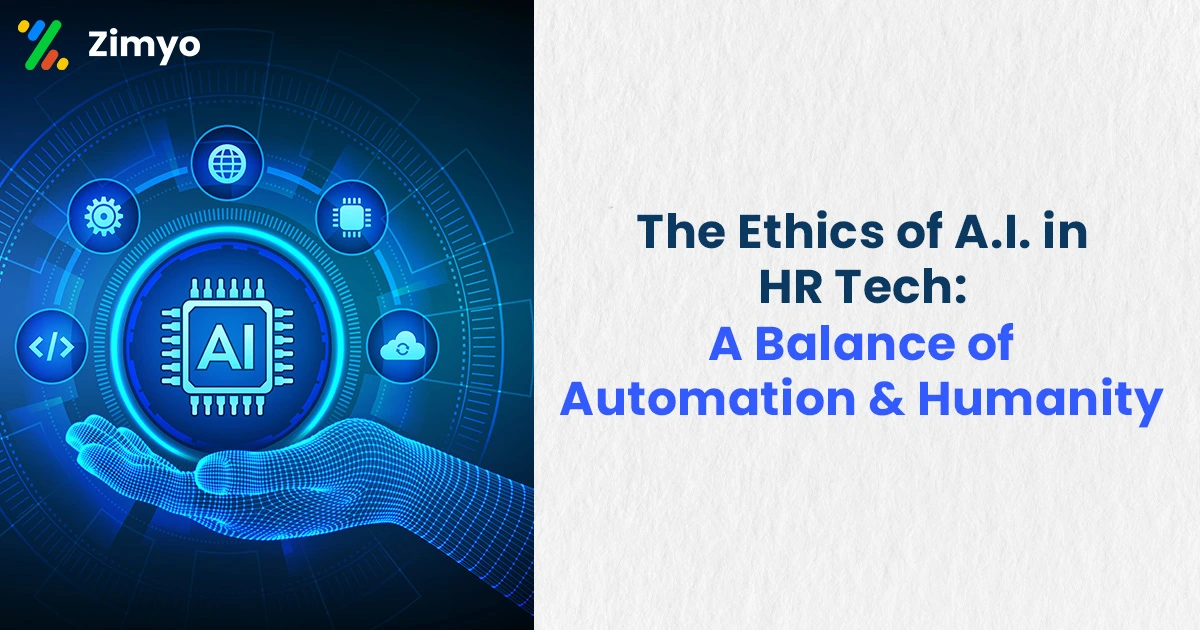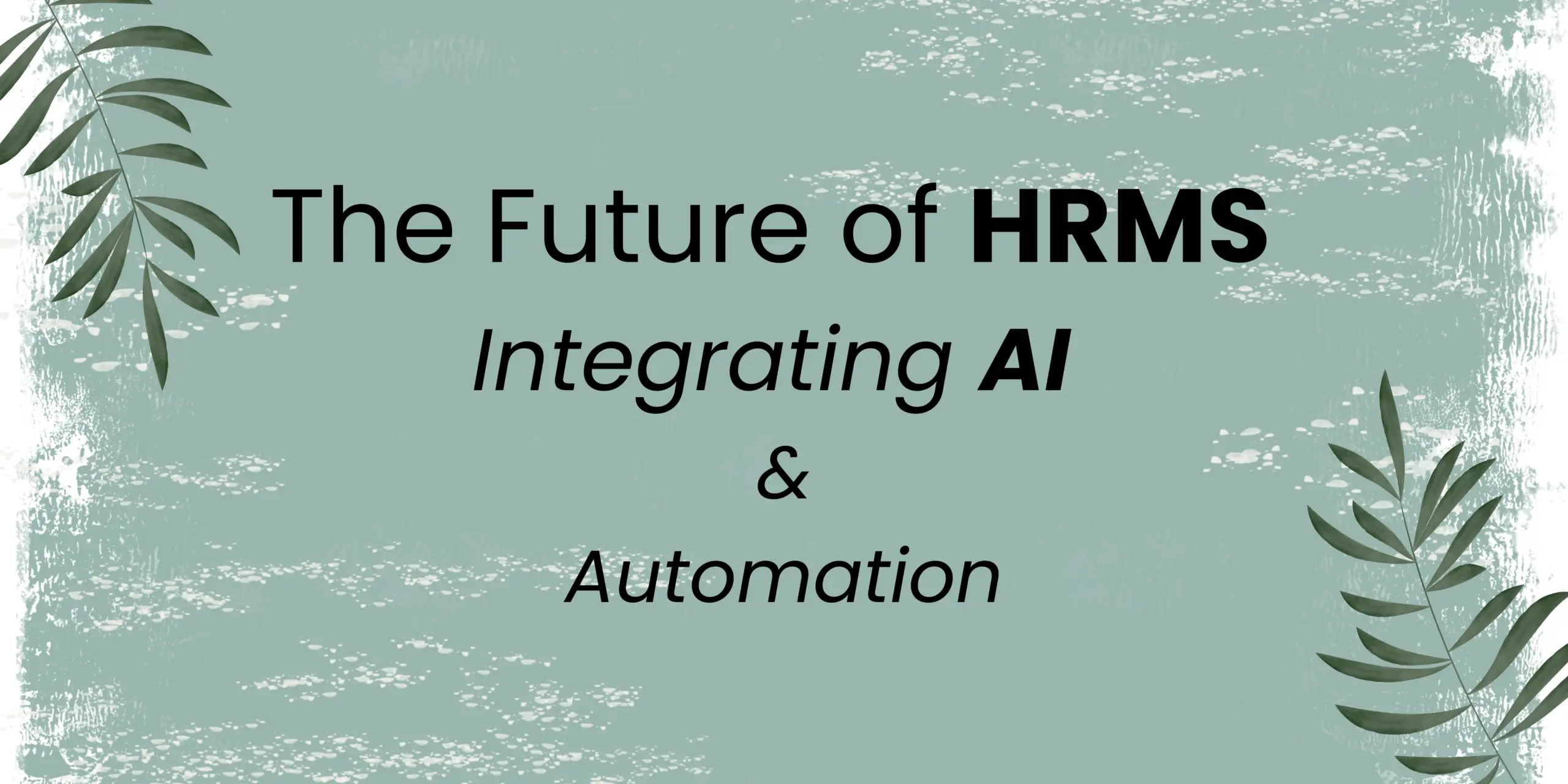Employee attrition is a big challenge for every company. Losing good employees hurts growth and costs money. But what if you could predict when someone might leave? That’s where AI and HR Tech come in.
What is Employee Attrition?

Employee attrition means when people leave a company, and the company doesn’t replace them. It can happen for many reasons, retirement, better job offers, low job satisfaction, or personal issues.
Knowing why employees leave is hard. But new HR Tech tools powered by AI make it easier to spot warning signs early.
How AI Predicts Employee Attrition

AI predicts employee attrition by studying patterns. It looks at things like:
How often an employee takes leave
Recent changes in job performance
How engaged they are at work
Feedback from surveys
Salary compared to others in the same role
Time since last promotion
Let us explain these in detail:
a) How often an employee takes leave
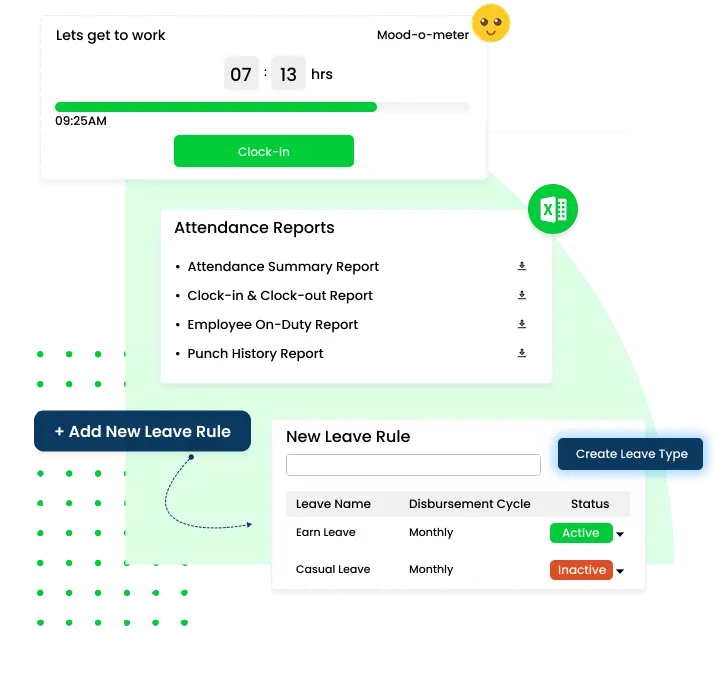
When an employee starts taking more leaves than usual, it could mean something is wrong. Maybe they’re feeling stressed, unwell, or just not excited about coming to work anymore. AI can notice this pattern quickly. It compares leave records over time and across teams. What may seem like “just a few extra leaves” could be the beginning of a bigger issue. By catching these signs early, HR can understand if an employee is struggling and try to help before they give up and quit.
b) Recent changes in job performance
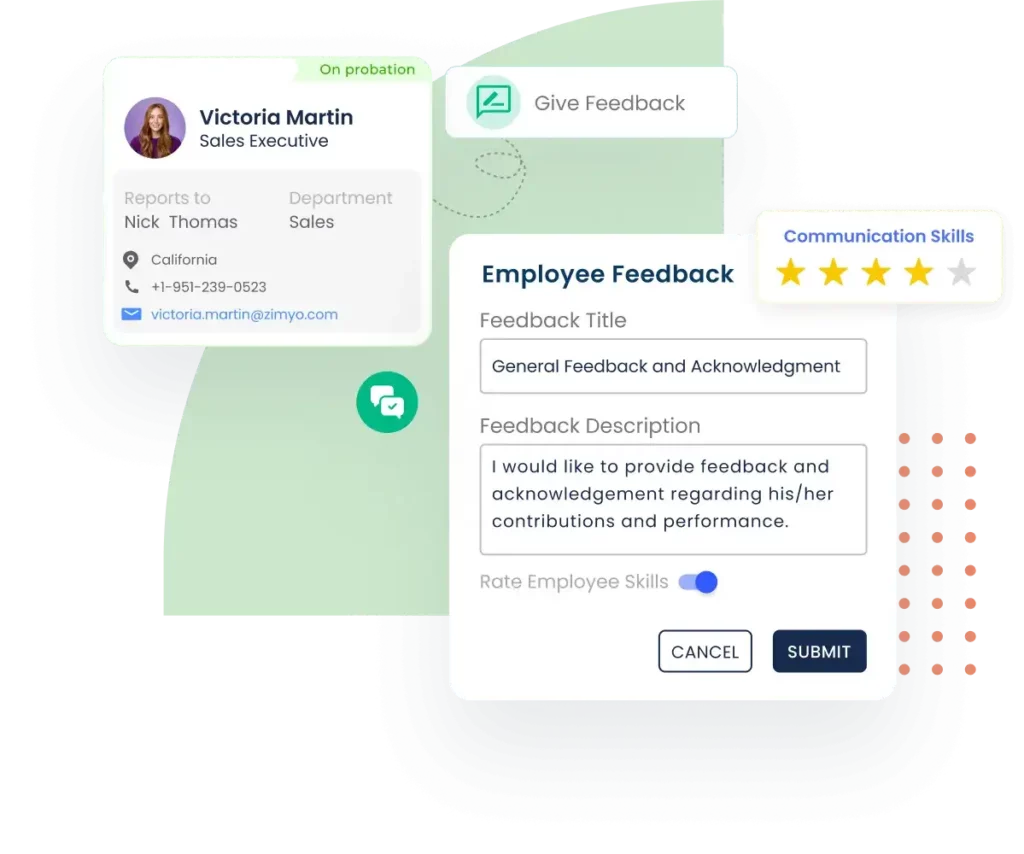
A drop in performance is not just about missing deadlines or low output. It can be a red flag that an employee is no longer happy or motivated. AI-powered HR Tech looks at performance trends and highlights sudden changes. If someone who was once a top performer starts slipping, it’s not just a mistake, it might be a silent cry for help. This gives HR the perfect chance to step in, talk, and offer support before the person decides to walk away.
c) How engaged they are at work
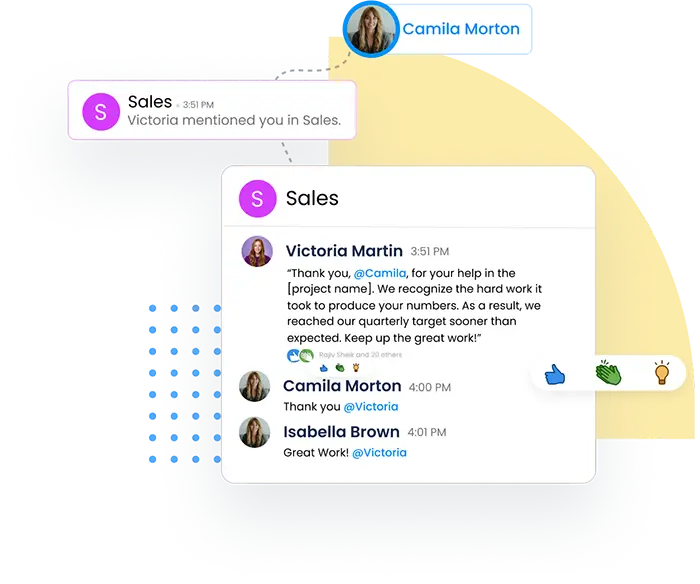
Disengagement can be invisible, but AI sees what we often miss. Low engagement shows in many ways: not joining meetings, low participation, silence on group chats, or even slow responses to emails. When someone mentally checks out, they’re already halfway out the door. AI tools pick up these signals fast. They show HR who might be losing interest in their role, so they can act quickly and re-ignite the employee’s spark before it fades completely.
d) Feedback from surveys
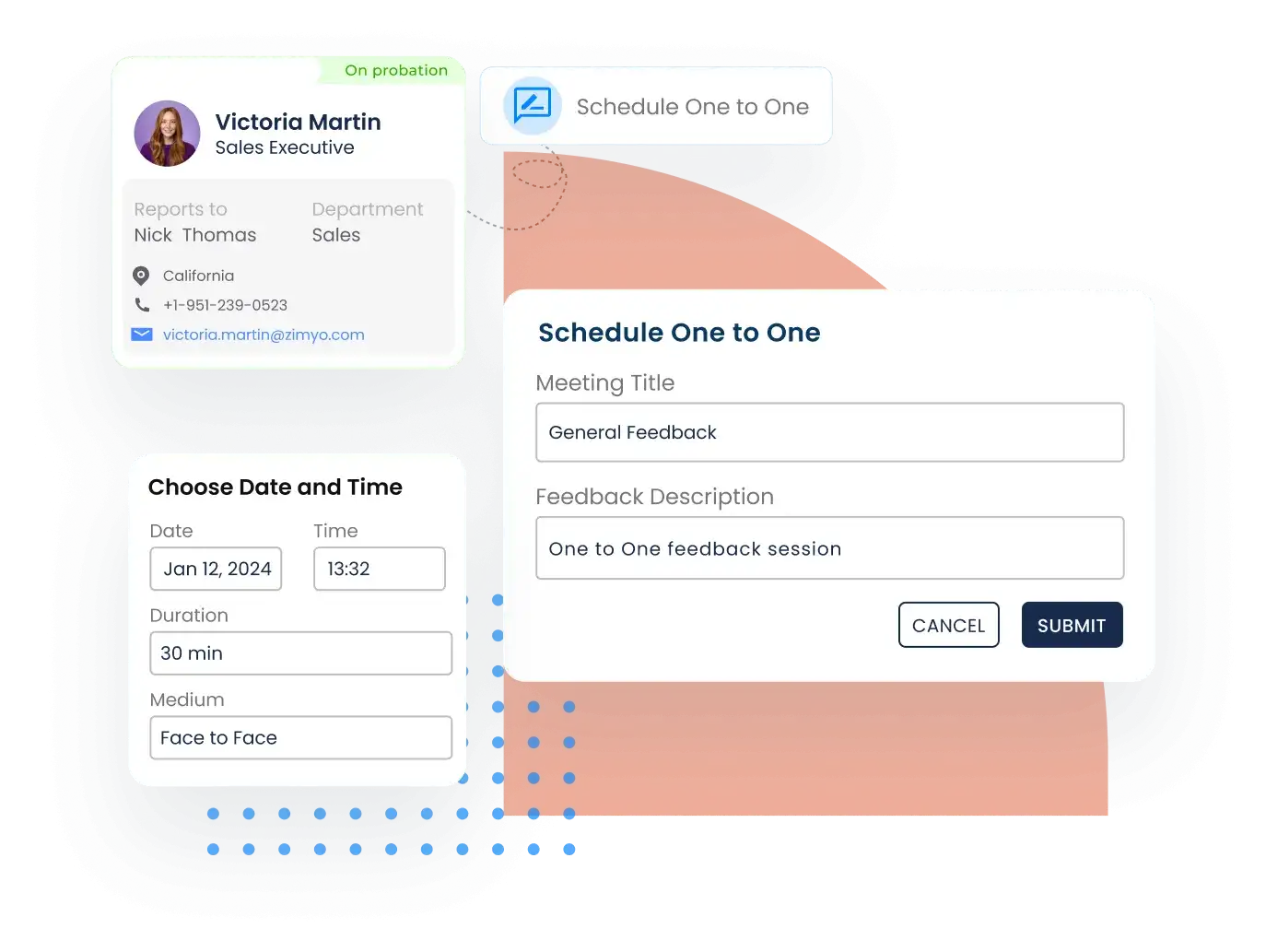
Sometimes, employees tell you how they feel, just not in plain words. Regular employee surveys often hold powerful clues. Maybe someone says they don’t feel valued or they’re unsure about their future in the company. AI can scan all this feedback, spot emotional tones, and highlight worrying patterns. Instead of reading 500 survey answers manually, HR gets instant insights about employee mood and morale. This makes it easier to fix problems before people quit.
e) Salary compared to others in the same role
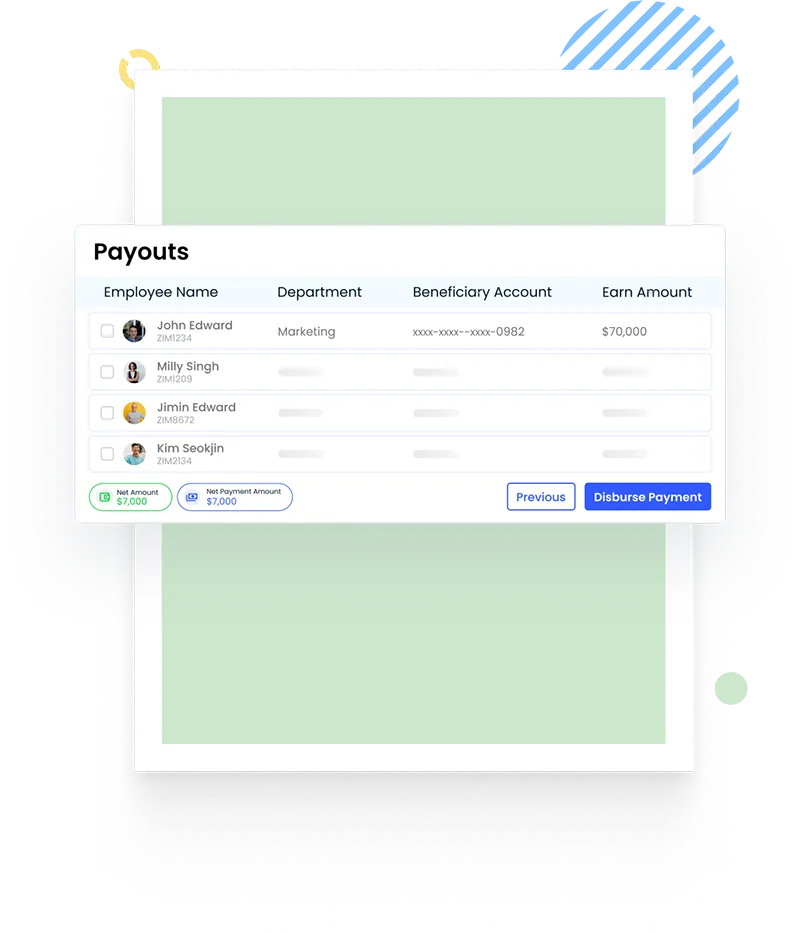
Money matters. If an employee feels they’re not being paid fairly, especially when others with similar jobs earn more, it builds quiet resentment. Over time, this feeling can grow and turn into frustration or even anger. AI helps HR analyze salary data, spot gaps, and flag who might feel underpaid. It’s like giving HR a sixth sense about compensation issues, so they can make things fairer, faster, and avoid losing top talent over something fixable.
f) Time since last promotion
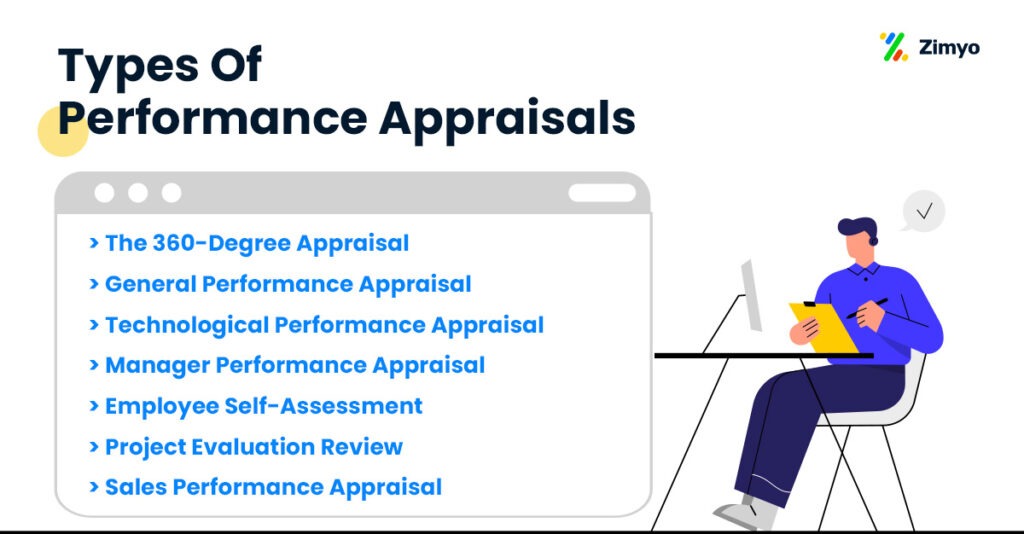
When someone works hard but doesn’t get promoted for years, it’s natural to feel stuck. Career growth is a major reason why people stay at or leave a job. AI can track how long each employee has been in the same role without movement. If it’s been too long, the system raises a red flag. This helps HR identify employees who may feel ignored or unrecognized, so they can create growth plans, give appreciation, or offer new challenges that keep the person motivated and loyal.
AI uses this data to find hidden signals. It gives HR a clear view of who might leave and why.
Why is This Useful for HR?
HR teams can act fast when they know someone is at risk of leaving. They can:
Talk to the employee and understand the problem
Offer career growth or training
Review salary or workload
Improve team culture
Let us explain these in detail:
a) Talk to the employee and understand the problem
The first and simplest step is starting a conversation. But sometimes, it’s also the most powerful one. When AI points out a possible attrition risk, HR can step in early and talk to the employee, genuinely and privately. This gives the person a chance to open up. Maybe they’re unhappy with a recent project or feeling unseen. Talking before it’s too late makes a huge difference. It shows the employee that someone cares, listens, and wants to help, not just tick boxes.
b) Offer career growth or training
A big reason why people leave is because they feel stuck. No new challenges, no learning, no growth. HR can turn this around by offering training programs, mentorships, or a new role. When employees see the company investing in them, their loyalty increases. AI makes it easier by pointing out who’s overdue for growth. HR doesn’t have to wait for a resignation letter to take action—they can start building a future that the employee wants to be part of.
c) Review salary or workload
Let’s face it—being overworked or underpaid is a silent killer of motivation. Sometimes employees don’t speak up about it, but AI picks up the signs. It tells HR when someone might be burning out or feeling undervalued. This gives HR the chance to fix it—either by adjusting pay, reducing workload, or offering better tools to ease the pressure. It sends a strong message: “We see your hard work, and we care.” That alone can stop attrition in its tracks.
d) Improve team culture
Toxic culture spreads fast, and it pushes good people away. AI can help spot signs of poor team morale, rising conflicts, or low engagement in certain departments. This helps HR zoom in on problem areas and fix them quickly. They can organize team-building activities, introduce better communication tools, or even coach team leaders. A healthy team culture makes people want to stay—not just for the job, but for the people they work with.
By using AI, HR doesn’t have to guess. They can make smart, data-based decisions to stop attrition.
How HR Can Act on AI Insights
Once AI shows the risk, HR must take action. Here’s how:
Start one-on-one talks with at-risk employees
Fix small issues early before they grow
Use surveys to get honest feedback
Check manager-employee relations
Build strong career paths to boost satisfaction
Let us explain these in detail:
a) Start one-on-one talks with at-risk employees
Sometimes all it takes to save a great employee is a meaningful one-on-one conversation. When AI flags someone as “at risk,” HR should not delay. A quiet, safe, and open chat can help uncover hidden concerns. Maybe they feel ignored. Maybe they’re overwhelmed. Or maybe they’re quietly job hunting. Whatever the reason, the best way to find out is to talk. It shows care and builds trust, and often, that alone can stop someone from walking out the door.
b) Fix small issues early before they grow
A small crack becomes a big break if ignored. Maybe someone didn’t get recognized for their hard work, or a tiny conflict with a coworker was brushed aside. These “small” things often snowball into major reasons for leaving. AI helps HR catch these early signs. Then, it’s up to HR to step in and resolve the issue while it’s still small—before it turns into a resignation letter. Fast fixes show employees that the company takes even the little things seriously.
c) Use surveys to get honest feedback
Employees won’t always say things out loud. But they do speak up in surveys—especially when they know their voice matters. Regular, anonymous surveys can help HR dig deeper into team mood, leadership quality, and overall job satisfaction. AI can analyze feedback to find trends or hidden emotions. Are people feeling burned out? Do they trust their managers? Once HR has the truth, they can act fast, improve what’s not working, and make employees feel heard and valued.
d) Check manager-employee relations
A bad boss is one of the top reasons people quit—even if they love the job. AI can flag teams where attrition risk is high, helping HR take a closer look at leadership quality. Is the manager communicating well? Are they supporting their team? If not, HR can step in with coaching, feedback, or training. Strengthening the manager-employee relationship is one of the most powerful ways to improve retention. A great manager can turn a struggling employee into a loyal one.
e) Build strong career paths to boost satisfaction
Employees don’t just work for a paycheck, they work for purpose, progress, and possibilities. If they can’t see a future in the company, they’ll find it somewhere else. AI shows who’s been stuck in the same place for too long. HR can then offer them a path forward, whether it’s a promotion, a new role, skill-building, or leadership opportunities. When people see that they can grow, they stay longer, work better, and feel proud to be part of the journey.
Quick action helps reduce employee attrition and keeps morale high.
Final Words
AI predicts employee attrition, but it’s up to HR to act with heart and strategy. By combining data with empathy, companies can hold on to their best talent, fix what’s broken, and create a culture people want to stay in. Quick action, deep listening, and smart tech, that’s the new formula for reducing attrition and building a future-ready workforce.

